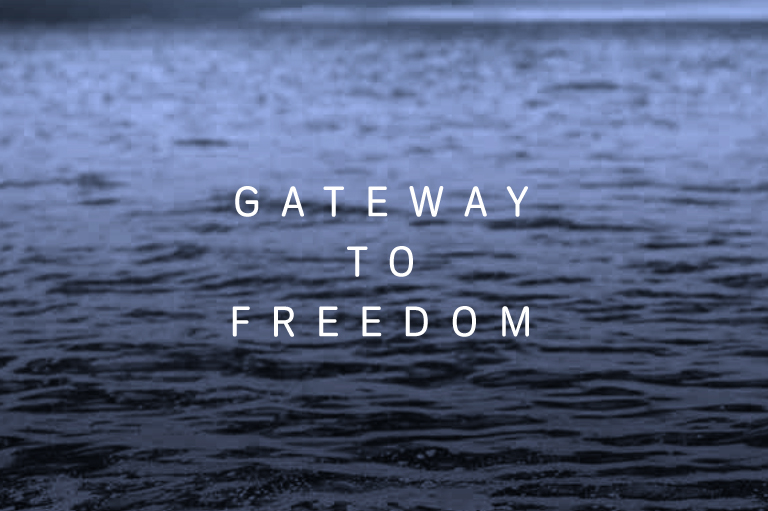CURRENT Athens is an online platform for the non-hierarchical promotion of contemporary art.
Gateway to freedom - ⑤ Back to Athens 2017
Greece is situated in a propitious geographical area of the Mediterranean between the Middle East and Europe making it a viable place where immigrants of all ethnic groups both from the south, north, and the east enter. Historically, Piraeus was the point where many refugees entered Greece. Anatolians came by boat during the Asia Minor genocides, but, most recently, Greece has been overrun from its northern borders to the Balkans, and by boats from Africa and the Middle East. A year after they entered Greece, with the intent of continuing to other major EU Member states, the EU resettlement plan has been declared a failure, and refugees are still in Greece. The latter country has been undergoing economic duress in trying to pay off its mounting debt to the E.U. and is nearly bankrupt, so that, the approximately 150,000 refugees it has had to absorb into its fabric, has posed undue economic and physical stress to its infrastructures.
Furthermore, the situation has been made worse by the most recent asylum-seeking military officers who sought to overthrow President Tayyip Ertegun’s government and took refuge in Greece after their coup’s failure. How does an impoverished country barely out of third world status like Greece, deal with these burning issues? Where does it fund the strength and resources to be at odds both with its own side in the E.U. and with Turkey a sworn enemy since 1453 when as part of the Byzantine Empire it lost Asia Minor to the Turks. The Greek government is situated between a rock and a hard place facing the difficult decision as to the resolution to this problem. Greece is bound by International law and Human Rights Article 3 not to extradite the Turkish officers knowing that they would be going back to torture or the death sentence. On the other hand, if Greece does not return them to Turkey, it adds to its own already strained political relationship with the latter.
Art is capable of bringing about political change, and has social dimensions while dealing with creative thought. Artists through images have often been the first to point to the problems in their society, by revealing deeper truths and confronting them pictorially. Thus with the art in this show it behooves us to ask the following question: How do global artists see both the refugee problem and global politics?
Supported by the Faculty Scholarship Grant, Office for the Advancement of Research at John Jay College.

